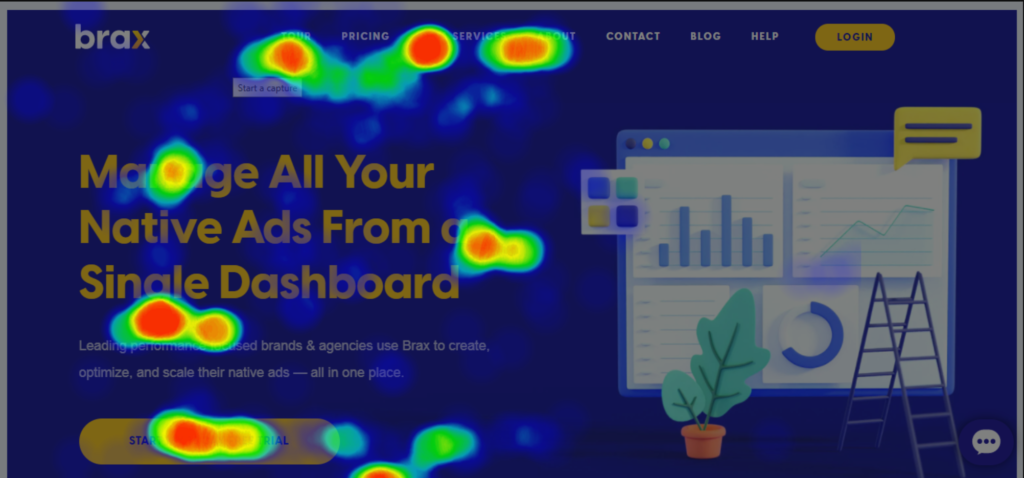In the world of digital marketing, user research plays a vital role in enhancing the user experience and improving conversion rates. By understanding the mindset and behavior of your users, you can gain valuable insights into the specific conversion barriers that hinder them from taking the desired action.
Let’s have a look at the main points for conducting a user research:
Define your objectives
Before embarking on user research, it’s essential to clearly define your objectives and the specific conversion barriers you aim to uncover. Do you want to understand why users abandon the checkout process, why they hesitate to submit lead forms, or why they fail to engage with your content? By having well-defined goals, you can tailor your research methods to address those specific barriers effectively.
Choose the right Research Methods
Once you have identified your objectives, it’s time to select the appropriate research methods.
When it comes to conducting user research for digital marketing, there are two primary approaches: quantitative and qualitative methods. Each method offers unique insights into user behavior and can be used in combination to gain a comprehensive understanding of your audience’s needs and preferences.
Quantitative methods involve the collection and analysis of numerical data. These methods provide statistical information and measurable metrics, allowing marketers to quantify user behaviors and patterns. Some popular research methods include:
Heatmaps and Click-tracking:
These tools can highlight areas of interest, reveal where users spend the most time, and identify areas of low engagement or confusion.

Tecnical Analysis:
Technical analysis involves evaluating the technical aspects of a website to assess its performance, usability, and overall health. The goal is to ensure that the website functions optimally, providing a seamless user experience and meeting search engine requirements. Some key areas covered in technical analysis include: Website Speed, Mobile Responsiveness and Crawlability and Indexability.
Web Analytics:
Web analytics involves the collection, measurement, and analysis of data related to website usage and user behavior. The goal of web analytics is to gain insights into how visitors interact with the website, what content they engage with, and what actions they take. Key aspects of web analytics include: Traffic Analysis, Behaviour Analysis, Conversion Analysis, Audience Analysis and Goal Tracking.
These approaches are valuable for gathering data from a large sample size and identifying broad trends and patterns across your user base.
On the other hand, qualitative methods focus on gathering in-depth, non-numerical insights from a smaller, targeted group of users. Qualitative research helps marketers understand the “why” behind user behavior, offering valuable insights that go beyond surface-level metrics.
- Online Surveys — Surveys are a cost-effective and efficient way to collect data from a large sample of users. You can use surveys to gather information about user behavior, preferences, and attitudes towards your products or services.
- User Testing — User testing involves observing users as they interact with your website or app. User testing can help you identify usability issues, navigation problems, and conversion barriers that hinder users from taking the desired action.
- Heuristic Analysis — Heuristics analysis is a valuable method for quickly uncovering usability problems in website design and user experience.

Choosing the right research methods is essential as it determines the depth and breadth of information you can obtain. By combining quantitative and qualitative approaches, you can create a holistic view of your users’ experiences, enabling you to identify specific conversion barriers and make data-driven decisions that enhance the user experience and drive better conversion rates.
Analyse your Data and Take Action
Once you have collected your data, it’s essential to take the time to thoroughly analyse it to gain a deeper understanding of what it is telling you. Begin by reviewing the data for patterns, trends, and common themes that emerge.
Then, use these insights to identify the specific conversion barriers that your users face. This step is crucial because it enables you to develop actionable solutions that are tailored to your users’ needs and preferences.
Once you have identified these barriers, brainstorm a variety of solutions, ranging from small tweaks to your website to more significant changes, such as altering your marketing strategy.
By taking the time to analyse your data thoroughly, you can ensure that your solutions are effective and that they will help you achieve your business goals.


